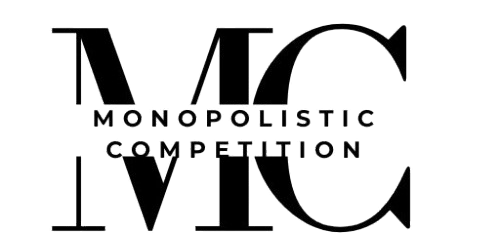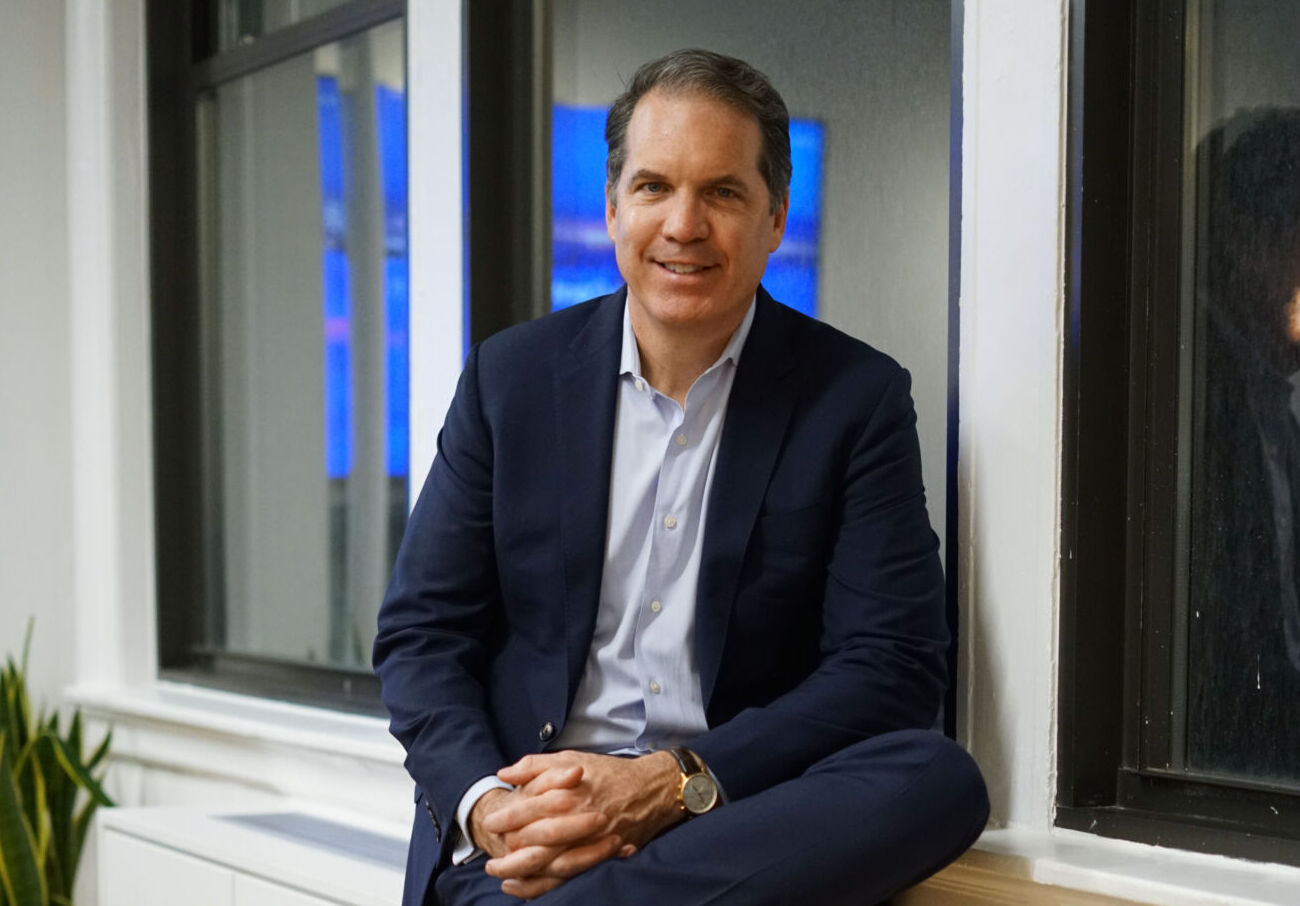After a lengthy exit drought, venture firms can finally look forward to a wave of liquidity events in 2025, says Tom Callahan, CEO of Nasdaq Private Market.
“Everything we’re seeing and hearing from the [equity capital markets] desks that we talk to and from the M&A bankers that we talk to suggests that 2025 will be a very, very strong year for both IPOs and M&A,” Callahan tells Venture Capital Journal.
VCJ sat down with Callahan to hear his thoughts on the past year and what the headlines may be in 2025. His perspective is informed by his leadership of NPM, which operates a secondary trading platform that has facilitated more than $55 billion in volume for nearly 200,000 eligible private company employees and investors in the past 10 years.
NPM was founded in 2004 as SecondMarket before being acquired by Nasdaq in 2015. It subsequently spun out of the multinational financial services corporation in 2021 and now sees itself as “a ten-bank consortium,” Callahan says, with strategic investments from a number of blue-chip financial services companies including Nasdaq, Bank of America, Citi and Goldman Sachs.
Callahan previously served as a managing director at Merrill Lynch and led multiple divisions during his nearly 15-year career at the investment bank. He also spent five years at NYSE Liffe US, a US-based futures market launched by NYSE Euronext, where he most recently served as CEO, as well as close to nine years at BlackRock where he most recently served as head of global cash management before joining NPM as CEO in April 2022.
Where do you see VC dollars flowing right now?
I think the bigger challenge is where VC dollars aren’t flowing. You’ve got this asset-liability match in the venture industry where you’ve got a 15-year asset in a 10-year vehicle. There’s nothing wrong with these companies, but maybe they don’t have a 12- to 18-month path to liquidity, so what do you do? At NPM, that’s probably one of the most frequent calls we’re getting right now [is from] venture funds who need liquidity. Their LPs are screaming for DPI.
Think about how the venture business model works, when you don’t have exits, it doesn’t work. I think that’s a byproduct of this environment we’re in, and that may be changing soon, maybe with a new administration. M&A has been in a lull over the last four years because we had an administration that looked askance at certain types of mergers, and of course the IPO market has been challenged, so that’s created this massive congestion in the venture ecosystem.
Do you see that changing?
I think we’re starting to see it start to be released. Certainly, activity levels across our platform have been busy, so I think you’re starting to see that liquidity logjam starting to break. I think there’s a lot of factors behind that, the election for sure, and then just the performance of the broad indices.
Since the election most bankers I’ve talked to have said that their M&A pipelines have 10-X’ed in the last couple of months, and there’s an awful lot of deals that were frankly just sitting in the drawer waiting for this election outcome. So the M&A pipeline looks like it’s going to be busy. And from what we can tell, the IPO market in 2025 stands to get considerably more busy as well.
Speaking of liquidity, how have you seen the venture industry’s attitude towards that change?
It’s been one of the real evolutions I’ve seen in this job, and I’ve only been in this role for three years. Historically you would have said venture was very against liquidity. The idea that along that [start-up] journey that management or employees would be taking cash-outs, the classic [Silicon] Valley view of that was that was a misaligned interest. And that has absolutely changed.
I think that’s a recognition of the secondary markets as a now essential part of the industry. It’s a slow battleship to turn, but I think this liquidity drought that we’ve been in as a market is really causing people to rethink the idea of liquidity as a necessity – not a necessary evil.
What does that change mean for private markets as a whole?
If the private markets are going to evolve to their full potential, private market investors need to have access to that liquidity in order to balance and manage risk like public markets investors. One of the things we talk about a lot is long-term trends. Fifteen years ago, we had a small handful of unicorns. Now there’s 1,200.
What if sometime in the next 10 years there are more unicorns than there are publicly-traded companies? With the trend that we’re on, that could easily happen. It sounds kind of crazy to say out loud, but if you look at how these markets have evolved in the last 15 years, that may be exactly where we’re going.
We’ve seen a few large VC firms raise continuation vehicles recently. Do you think we’ll see more?
I’ve never talked to a GP that likes doing continuation funds. It’s not plan A. That’s what you do when you run out of other options. I just think it’s an awful lot of work, and most GPs I talk to would rather be raising brand new funds with brand new capital rather than going through all that same time and effort to essentially clean up a liquidity problem from a vintage fund.
You’ve also got this obvious conflict of, ‘at what price do you move the assets from the vintage fund to the continuation vehicle?’ Of course there’s a mechanism and third-party valuations and those sorts of things, but there is an inherent conflict in doing that. I think it’s a lot of work, time and effort to solve a liquidity problem that could be better solved through organic liquidity in the underlying assets, like direct secondary sales.
What about for the private companies themselves. How do they view secondary sales of their shares?
Companies are increasingly being very thoughtful, proactive and deliberate about liquidity for their employees. Most of these companies, especially if they’re in hot sectors like AI, there’s a crazy war for talent, and it’s kind of hard to tell a 25-year-old software engineer, ‘Welcome to the company, but you’ll have to wait until you’re 40 to pay off your student loans and buy your first house.’
If you want to attract, hire and retain the best talent, this is really an imperative. Depending on how you define it, there are somewhere between two and six million private company employees in this country, and that number is very likely to grow. That’s an awful lot of employees, and there needs to be a liquidity strategy to serve them.
What have you seen around IPOs and M&A in the past few years?
I think one of the things that’s been so unusual about the past two years in particular is typically you would see IPOs correlating with broad risk sentiment. When the market is in a risk-on mood, IPOs are hot, and when markets are in a risk-off mood, IPOs are cold. That’s what the history of markets in the last 100 years would have told us. The last couple of years, risk sentiment has been at all-time highs.
I mean, my God, look at crypto right now. You’ve got the most speculative parts of the capital markets exploding [and] the broad-based equity indices making almost weekly all-time highs now, so by any measure risk appetite and sentiment is strong. And yet, for some reason, the IPO market has been really challenged. Obviously, we went through the period in 2021 where there was an excess of exits, then the SPAC boom and too many lousy companies that weren’t ready went public, so there’s very fresh scars from investors.
What about moving forward?
Everything we’re seeing and hearing from the ECM desks that we talk to and from the M&A bankers that we talk to suggests that 2025 will be a very, very strong year for both IPOs and M&A. What very few IPOs there have been in the past year and a half have all performed extraordinarily well, so that’s helpful.
For us, our activity levels have been busy all year. Our tender offer business got really busy all the way from the start of the year in January. I think there was a backlog of demand for employee liquidity that we are starting to see get released, and it’s only accelerated since the election. It all kind of goes under the theme of this backlog of liquidity from companies, from investors, from employees, I think that is all going to be released in 2025, so it should be a really exciting year in the private markets.
Any final thoughts?
I think there’s a broader point to be made here about the innovation economy and innovation itself. When you have this much capital trapped, then the next start-up that needs capital can’t get it because your last 10 investments are still tied up. Ultimately, I think this [wave of liquidity for 2025] is all very, very positive for innovation and for the economy because it will free up an immense amount of capital to be recycled back to the next generation of unicorns rather than trapped in the last generation.












Leave a Reply